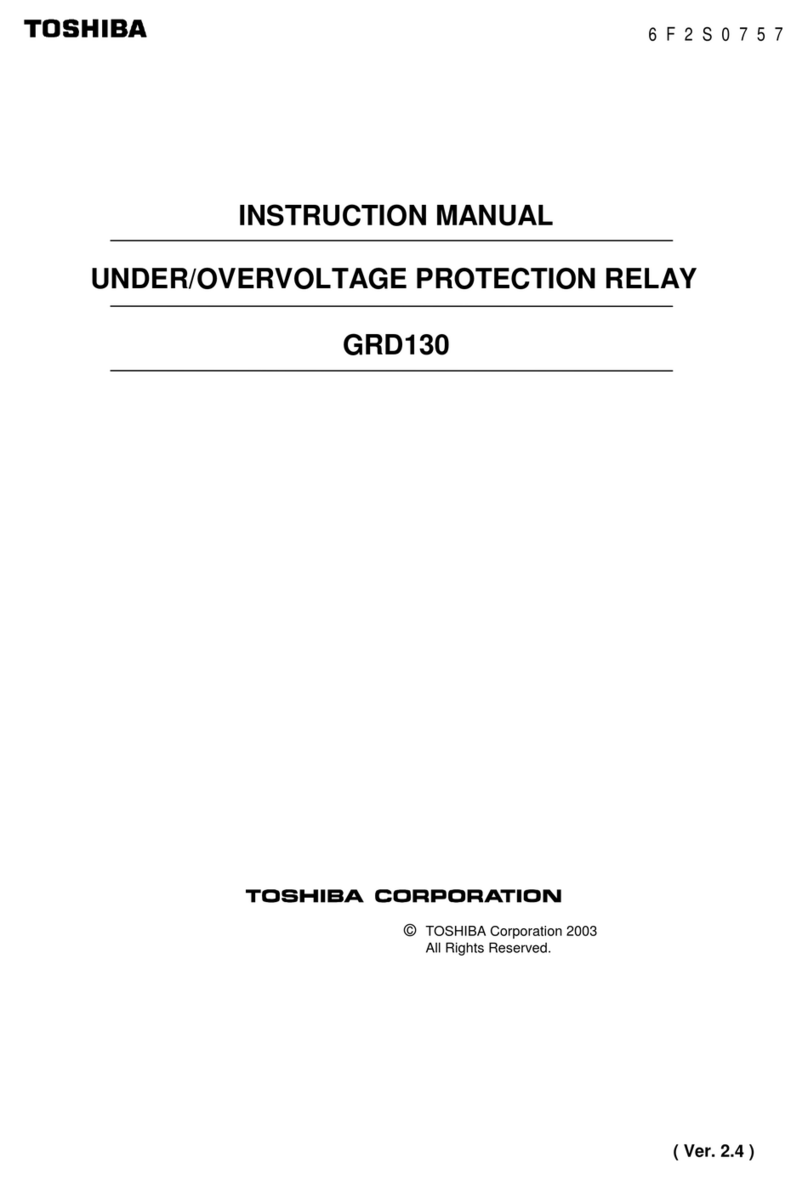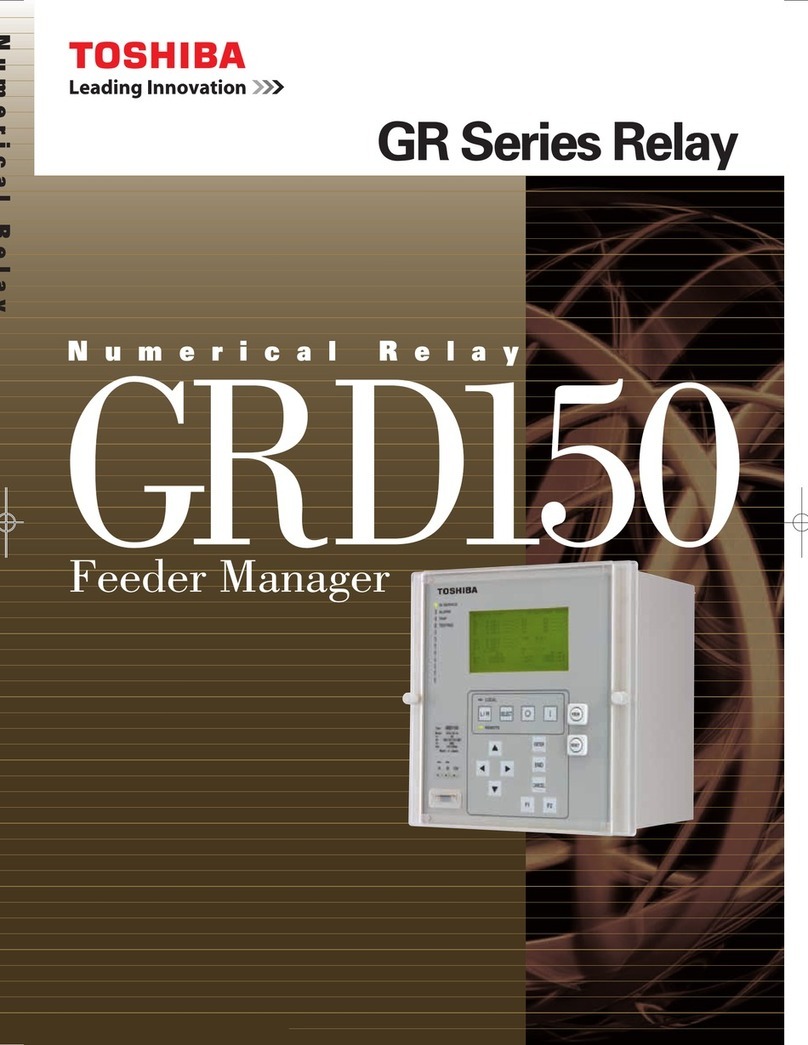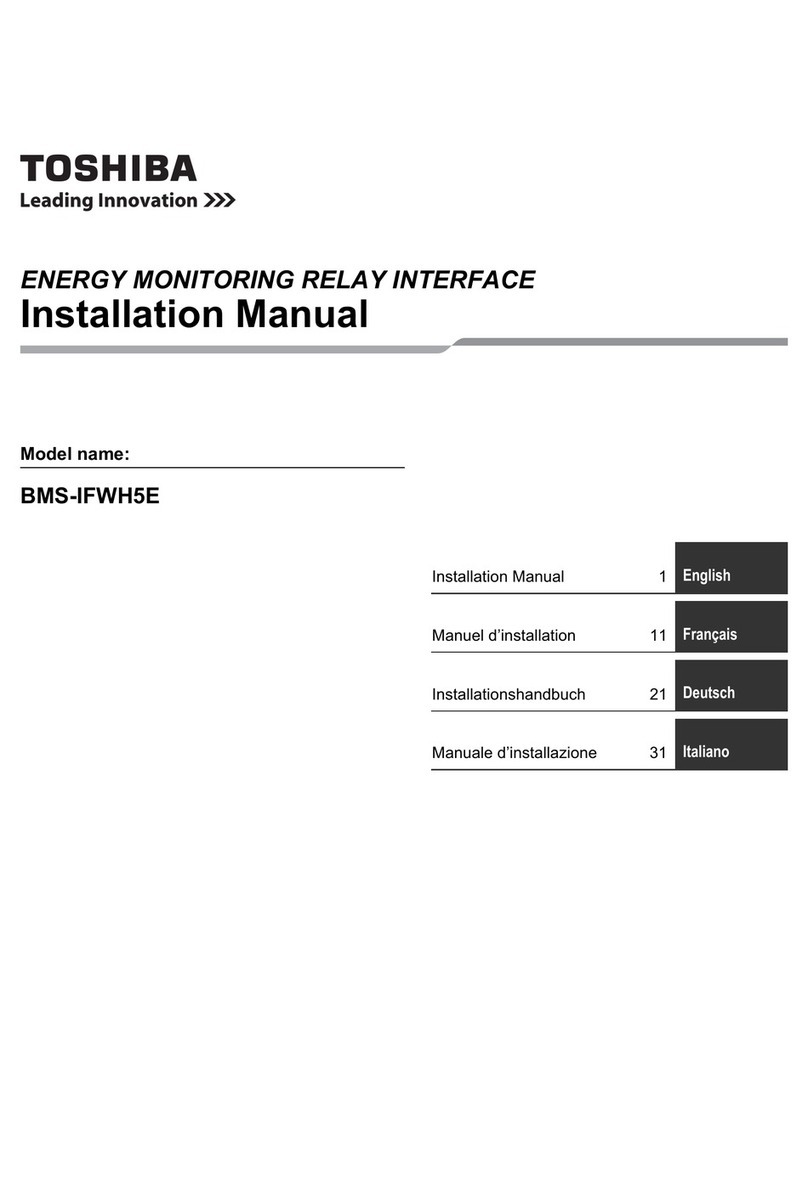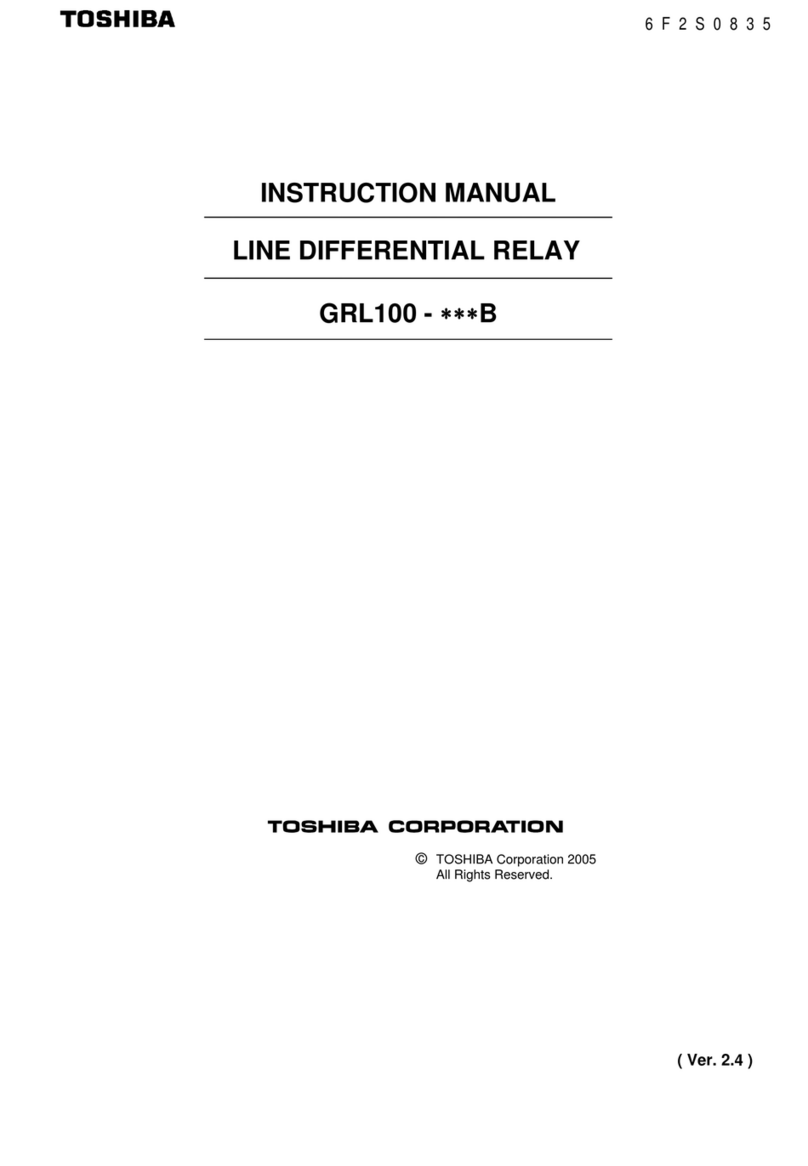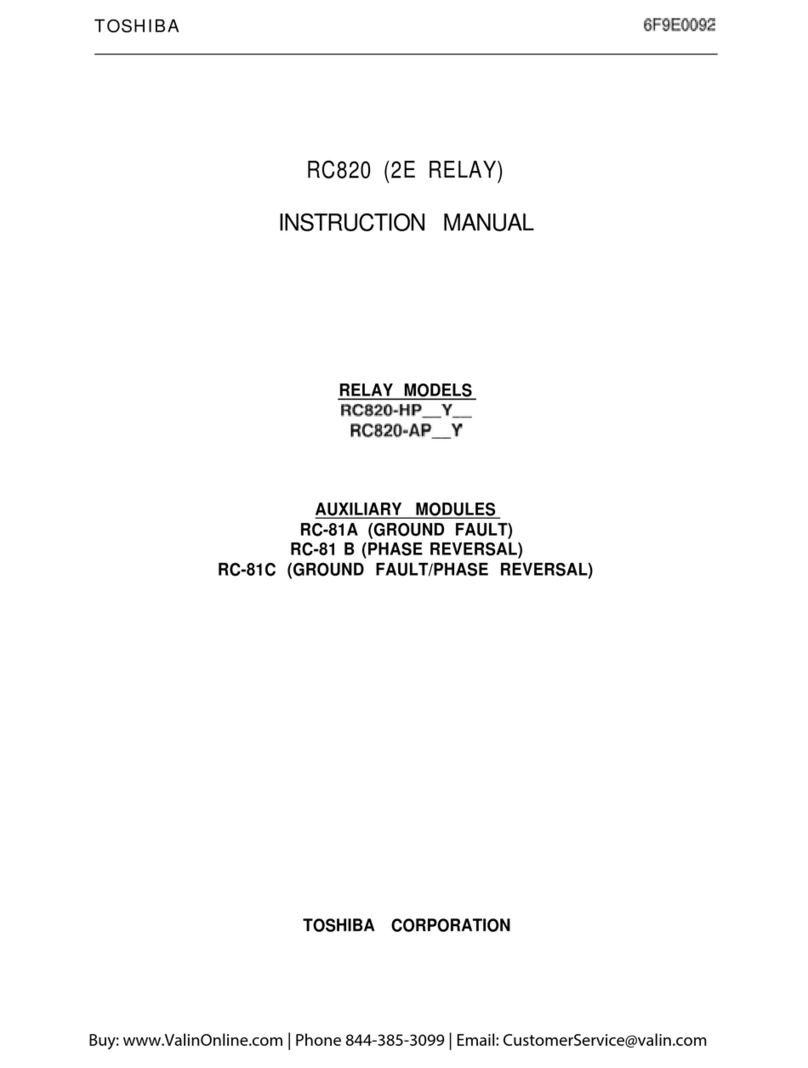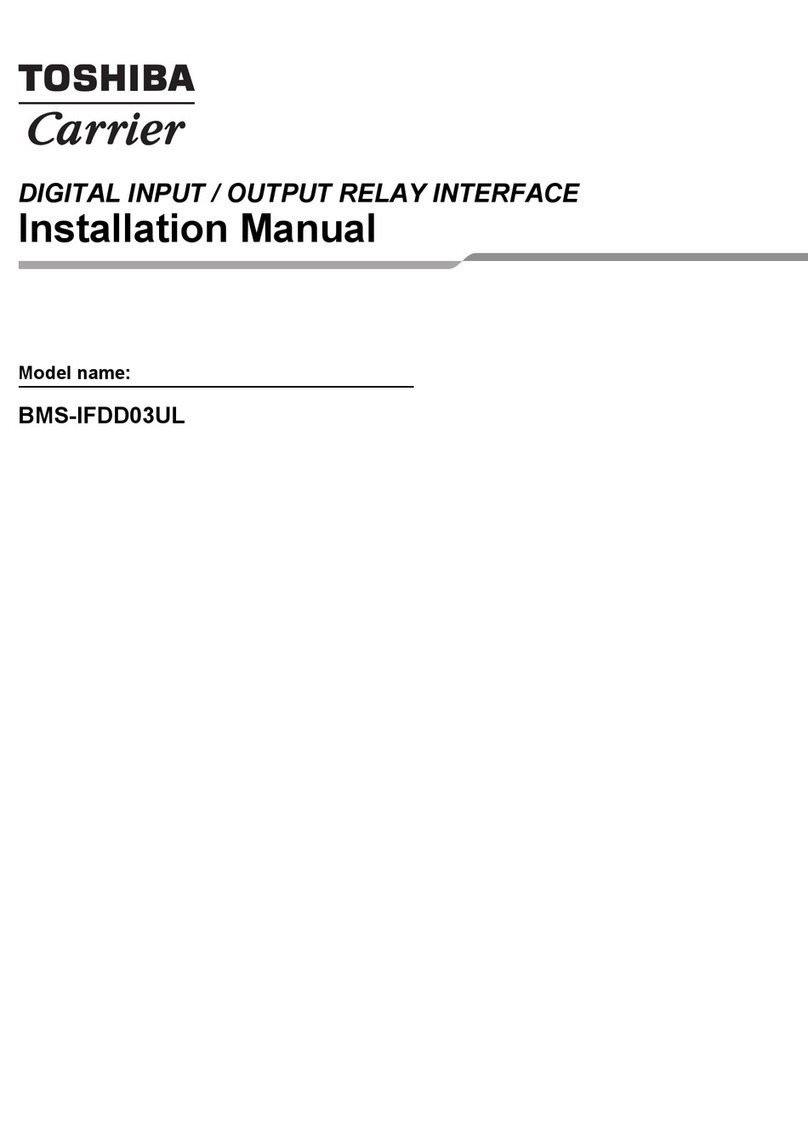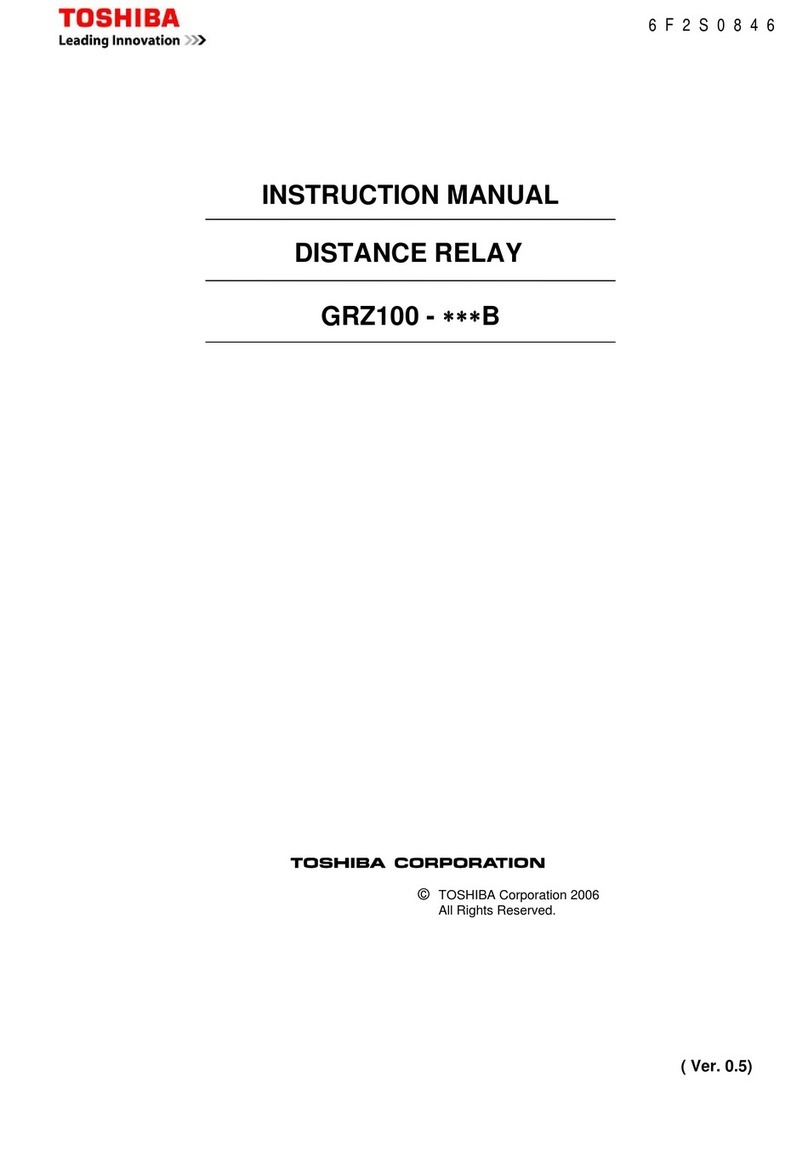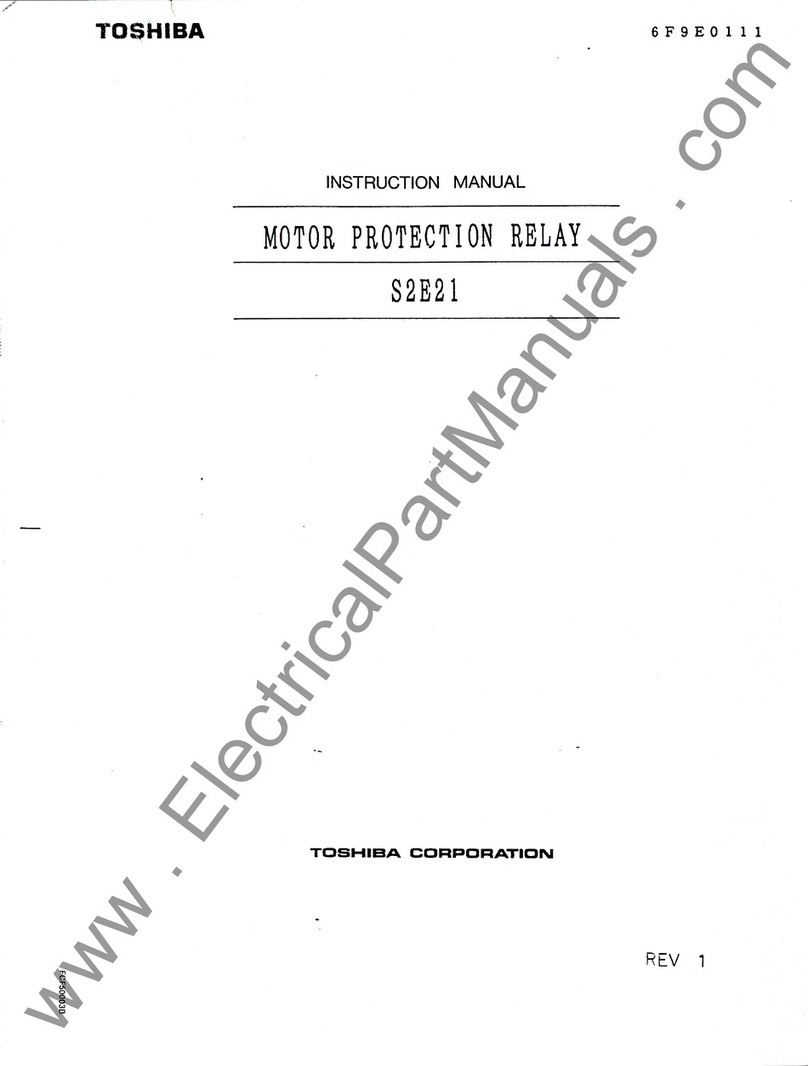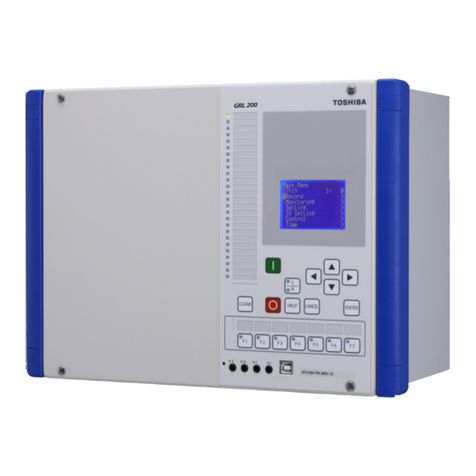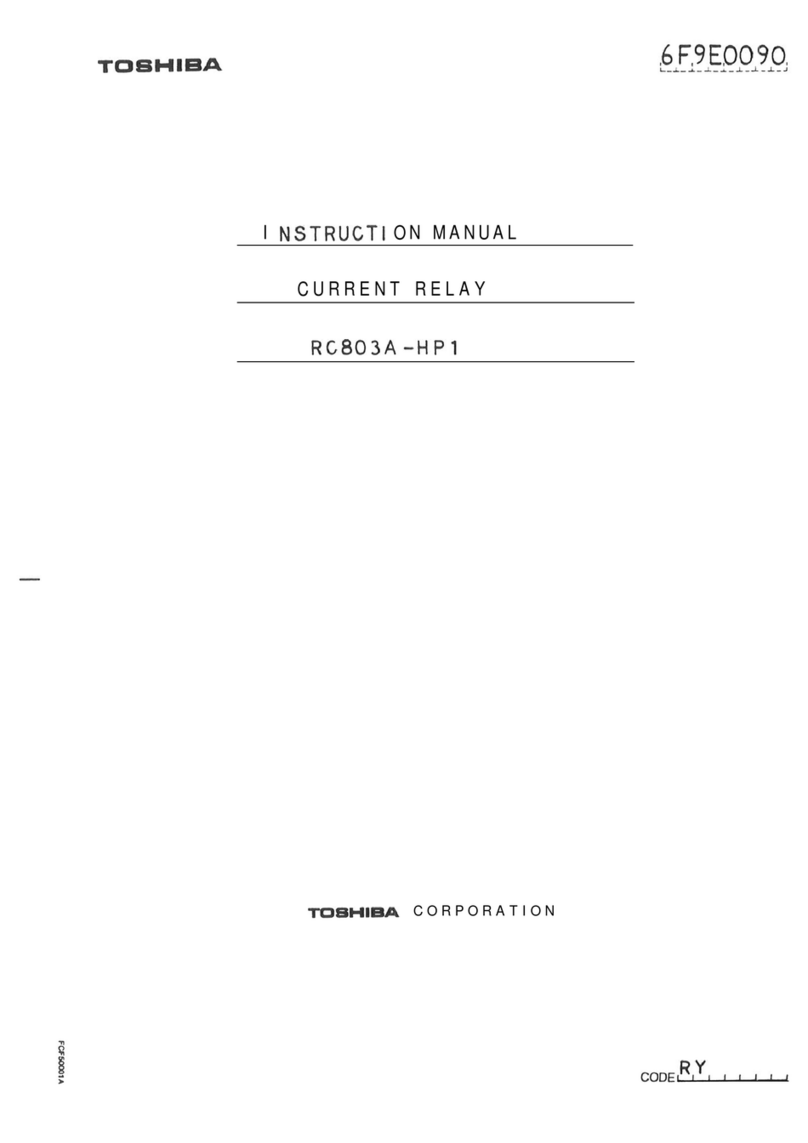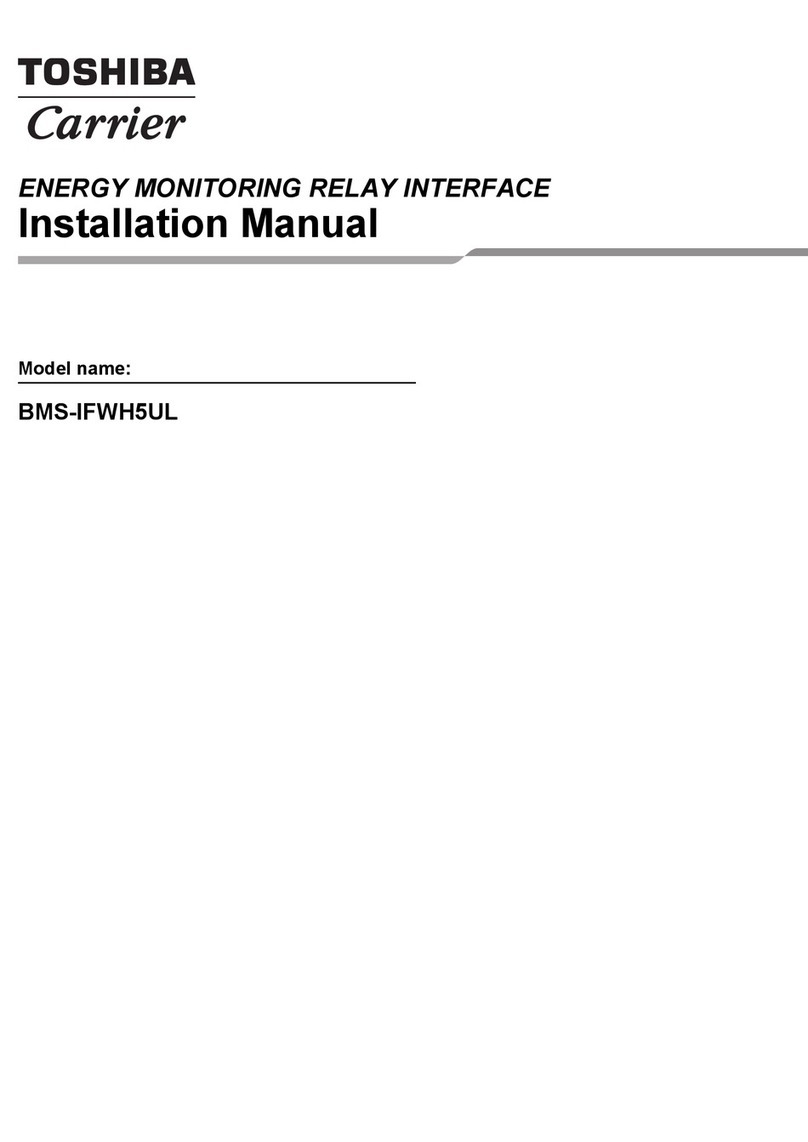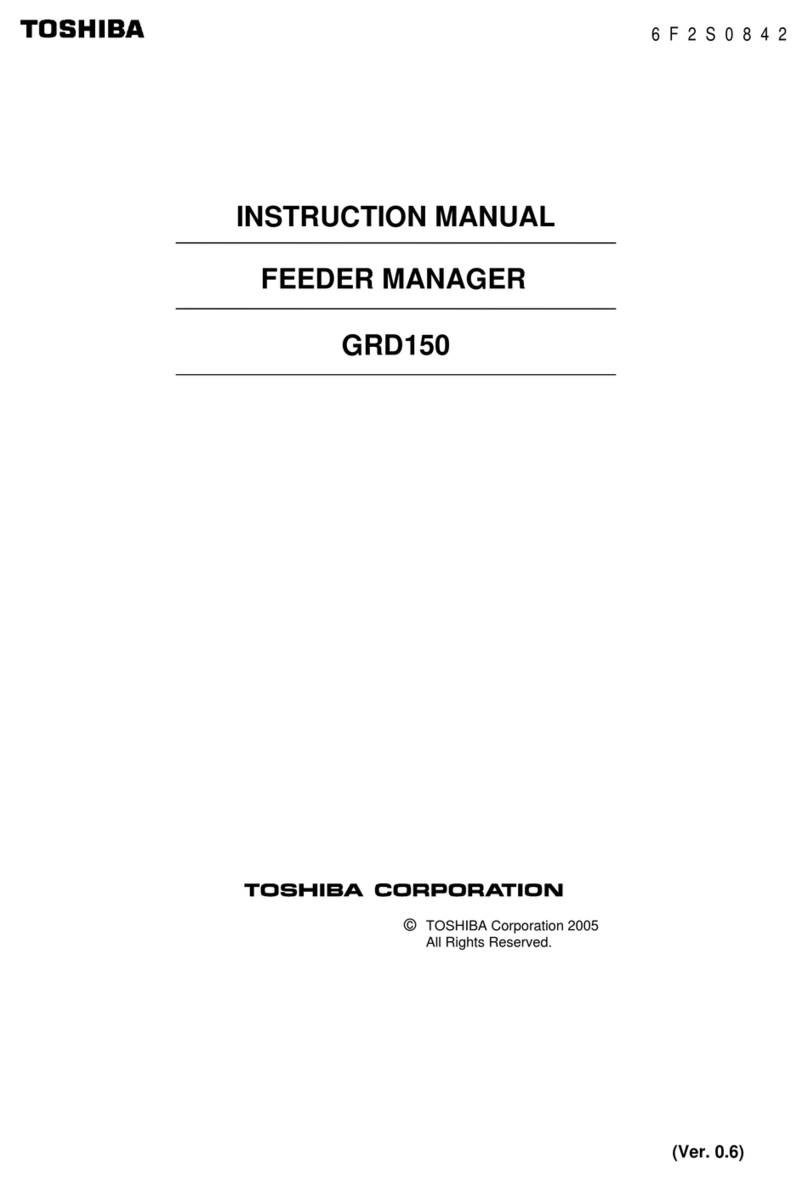
9
6F2S0834
1. Introduction
GRZ100 is a fully numeric distance protection incorporating integral digital communication
channels for teleprotection signalling. Either one or two communication channels are provided,
suitable for relay-to-relay connection via fibre-optic links, or via electrical interfaces to a digital
communication network. GRZ100 can be configured using the integral communication channels
to support the following functions:
- Phase-segregated command protection distance schemes (PUP, POP, BOP and UOP with
week infeed and current reversal logic).
- Phase-segregated command protection DEF schemes (POP, BOP and UOP).
- Command protection signalling for tripping during a power swing.
- Command protection for 2- or 3-terminal applications.
- Single-phase autoreclosing available for carrier tripping.
- Phase-segregated transfer trip (intertripping).
- Transmission of binary signals for user-configurable applications.
- Transmission of measured values to be displayed at the remote terminals.
- Synchronisation of the clocks at the various terminals.
- Fault-location by use of remote-end data in the case of 3-terminal applications.
- Continuous monitoring of the communication channels, with capability to provide
dual-redundant channels in the case of a 2-ended system, and automatic re-routing of signals
in the event of a communication channel failure in a 3-ended system.
GRZ100 can be also applied with conventional external communication channels.
Other features of GRZ100 are as follows:
GRZ100 provides the following protection schemes.
- Time-stepped distance protection with four forward zones, three reverse zones, and one
non-directional zone
- Zone 1 extension protection
- High-resistance earth fault protection
- Broken conductor detection
- Overcurrent backup protection
- Thermal overload protection
- Switch-on-to-fault and stub protection
- Breaker failure protection
- Out-of-step trip protection
- Power swing blocking
The GRZ100 actuates high-speed single-shot autoreclose or multi-shot autoreclose.
The GRZ100 is a member of the G-series family of numerical relays which utilise common
hardware modules with the common features:
www . ElectricalPartManuals . com
